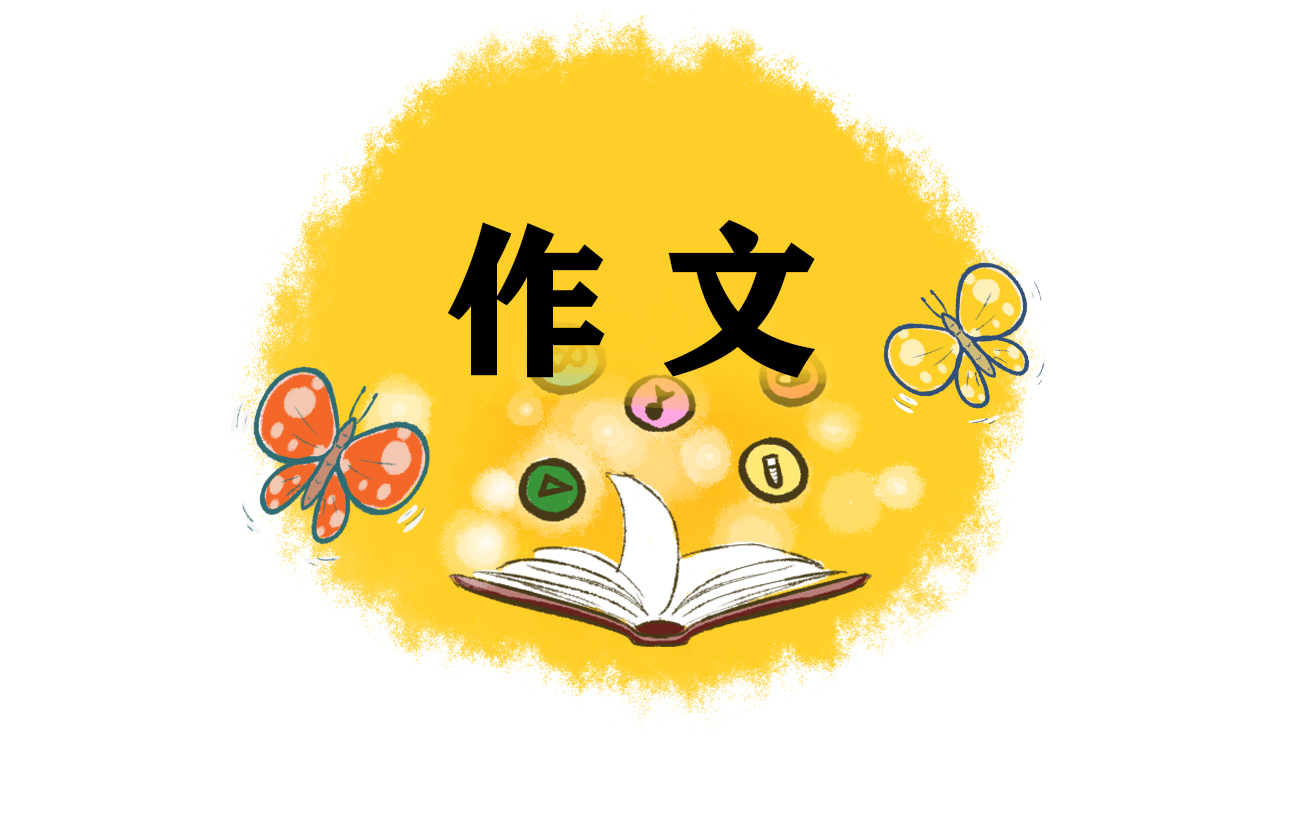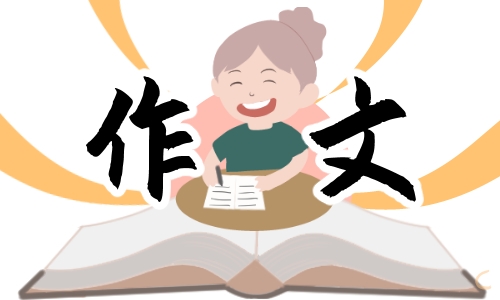英语的基础就是从单词起步到句子,句子包含了对语法知识点的认知,也包含了口语能力的认知。接下来是小编为大家整理的小学五年级英语语法知识点总结大全,希望大家喜欢!

↓↓↓点击获取“五年级英语总结/计划/知识点”↓↓↓
★ 英语五年级下册复习资料★
★五年级英语上册知识点归纳★
★ 五年级英语复习计划范文 ★
★五年级英语下册教学工作总结★
小学五年级英语语法知识点总结一
be动词(am、is、are)+not、
情态动词can+not、
助动词(do、does)+not
如何将一个肯定的陈述句改为否定句:
1、看句中有无be动词,如有,直接在be动词后+not。
2、看句中有无情态动词,如有,直接在情态动词后+not。
3、如上述二者都没有,就应用助动词+not。分四个步骤:
(1)肯定陈述句中本来是没有助动词的,要加上去,位置在主语(某人或某物)后,动词前。
(2)确定助动词用do、does,根据句中动词,动词是原形的助动词就用do,动词是第三人称单数的助动词就用does。
(3)在助动词后加not。
(4)原句中动词假如发生变化就要恢复成原形。
小学五年级英语语法知识点总结二
1:“first”是序数词,与“the”相连,解释为第一。
2:像“first,term,world”作为词组出现时前面要加“the”。
3:“all”所有;后面的可数名词用复数形式,be动词用“are”。
4:“any”一些;用在否定句和一般疑问句中,与“some”同义。“some”用在肯定句中。
5:there be+数词,采用“就近原则”。
6:a map of China 与 a map of the world 要牢记。
7:要用“on the wall”,不能用“in the wall”。门、窗在墙上才能用“in the wall”。
8:can 后+动词原形。
9:play+the+乐器; play+球类;
10:like的用法
11:动词变动名词形式方法:
A--直接在动词后面+ing形式(大多数)。
B--以不发音的“e”结尾的,要去掉e后再+ing,比如:dancing,making,riding。
C--重读be音节,末尾只有一个辅音,须双写末尾的字母后再+ing,如:running,swimming,sitting,putting。
12:现在进行时的构成:be动词+动词ing形式。标志:now、look、listen、it's time to。
13:现在进行时的一般疑问句 /问--be动词+人称+时态(动词ing)
答--Yes,he/She/it is/am/are. No,he/She/it isn't/aren't/am not.
14:用Are you...? Yes,I am/ we are. No,I'm not/We aren't.
15: 动词后+人称宾格形式.
16:一般现在时的构成:第三人称单数(三单)。要注意:后面的动词+s或es。
特例:have→has do→dose go→goes; 标志:often,usually。
17:有些名词变动词时要变形式,例如:teacher→teach;driver→drive.
小学五年级英语语法知识点总结三
一、注意名词单复数:
1、可数名词复数用于:
①How many后面;②some/any/many/a lot of/ two, three…后面;③these/those后面
④all the后面; ⑤between后面跟一种物体时,这个物体用复数 ⑥like 后面
⑦are前面的人称和名词用复数: we/they/the children
2、名词复数的变化规则:
1)一般直接+s:bears,students,
2)以s. x. sh. ch结尾,加es:bus-buses, box-boxes,
3)以“辅音字母+y”结尾,把y变为i, 再加ies:
library—libraries hobby---hobbies story---stories
4)不规则名词复数:man-men,woman-women,policeman-policemen, foot-feet, Child-children
3、不可数名词: water, soup, milk, juice, tea, coffee, bread(面包), rice(米饭), hair等等。
二、注意一般现在时动词的第三人称单数;(注:所有否定句、疑问句中,动词都用原形。)
1、肯定句中哪些情况下用第三人称单数:
1) 人称代词he, she, it作主语时;
2) 单个人名、地名或称呼作主语时;
3) 单数可数名词或 "this / that / the+单数可数名词" 作主语时;
4) 不可数名词作主语时;
5) 当数字或字母作主语时,等等。
2、动词第三人称单数变化规则如下:
1) 一般情况下,动词后面直接加s. 如:works / plays/ reads
2) 以s. x. sh. ch 或o结尾的动词,在后面加es.
例:teach-teaches, watch-watches, do-does, go-goes
3) 以辅音字母+y结尾的动词, 把 y变为i, 再加es.
例:study- studies fly-flies carry-carries
4)不规则动词的第三人称单数:have—has;be—is
三、人称代词、名词所有格及序数词
1、主格用来作句中的主语,用于动词前面。
例:They are doctors.
2、宾格用来作句中的宾语,放在动词或介词的后面。本册书上出现的词组:
in front of her show her around push me teach you What’s wrong with him? write him a letter
Here’s a Christmas card for you. Let me…. chat with them on the Internet give it a cake
3、形容词性物主代词+名词
形容词性物主代词,之所以叫它们形容词是因为他们必须放在名词前面。
4、名词所有格 作形容词性,表示所属关系;在人名或称呼后加’s,以s结尾的,直接加’。如:mother’s,parents’
5、序数词first---second---third---fourth 1) 序数词一般要与the连用; 2)在某一层楼用介词on。
四、选择和用所给词适当形式填空
1、哪些情况加动词原形 (注:有to时,to跟后面的动词原形放在同一空格)
1) want to +动词原形 2)would like to +动词原形 3)it’s time to +动词原形
4)情态动词can+动词原形 5)助动词(do, does , don’t, doesn’t)+动词原形
6)let+动词原形 7)祈使句中动词用原形 (如Do your homework, please.)
8)否定句在句首加Don’t (如Don’t do your homework, please)+动词原形
2、哪些情况加动词ing
1)like 2)go 3)be good at 4)be 5)后面跟名词,如swimming lesson
动词+ing变化规则如下:
A、直接加上ing: draw-drawing play-playing read-reading
B、以不发音的e结尾,去e加上ing
skate-skating make-making dance-dancing
have-having come-coming write-writing
C、以重读闭音节结尾的单词要双写尾字母,再加上ing
从单词的末尾开始往前数符合“辅音-元音-辅音”结构的。
(注:词尾是w和y的除外,如:drawing, playing等除外);
run-running sit-sitting put-putting chat-chatting
get-getting swim-swimming stop-stopping shop-shopping
3.形容词加名词(形名) 如: a beautiful girl
4.动词加副词(动副) 如: swim well
5.Some和any用法:
“some”一般用于肯定句,“any”用于否定句和疑问句。但在一些表示委婉请求,想得到对方肯定回答时也用“some”。(小技巧:末尾是句号,句中是any,那这句型是否定句)
6.There be 结构就近原则, be动词的选择取决于紧跟在后面的名词数量。
如:There is a teacher and some students in the classroom.
7.乐器前加the, 球类前不加the. 如:play the piano, play football
8. Who当作特殊的第三人称单数 (Who sings well? )
9. 一般现在时构成:1)主语+be(am,is,are)+其它。2)主语+行为动词+其它。关键词:
always, usually, often, sometimes, on Sundays, every…
(注:主语为第三人称单数,动词加s, es或辅音+y时,把 y变为 i 再加es;其他时候动词用原形 )
10. 现在进行时关键词:look, listen, now (注:be动词(is am are) +动词ing, 两者缺一不可)
11. and前后谓语动词一致。
指当句子中有两个或两个以上的谓语动词共用同一个主语时,一般谓语动词的时态保持一致。
She often goes fishing and takes photos. Let’s go andhave some chicken.
12、相同意思不同用法的辨析:
1)有;there is/are和have/has
there is/are表示在某地有某物(或某人);表示存在;there be就近原则;
have/has表示某人有某物;表示所属关系;前面必须有主语。
2)也;too-either-also
too用于肯定句和疑问句句末;either用于否定句句末;also用于句中。
3)都;both-all
both用于两者都;all用于三者及以上都。
4)好;good-well
good+名词; 动词+well。
5) 和;with-and
with是介词,意思是“和……一起”,后面跟名词或代词的宾格。
and 是连词,意思是“和”, 用and连接两个单数名词或代词作主语时,谓语动词用复数。
五、句型转换
①同义句:
1. It’s time for sth= It’s time to do sth.该是…时间了(注:for后面跟名词;to后面跟动词原形)
It’s time for dinner.=It’s time to have dinner.
2. What time is it?=What’s the time? 几点呢?
3. There is(are) no…(s)…=There isn’t / aren’t any… 没有…
4. have no…= don’t have(any)没有…
They have no legs or arms. =They don’t have any legs or arms.
5. has no = doesn’t have (any)没有…
6. I like picnics. = I like having picnics. {注:like后面跟名词复数或动名词(动词+ing)}
7. show sth (某物) to sb(某人) = show sb (某物) sth(某人) 向…展示…东西
8. give sth(某物) to sb(某人)=give sb (某物) sth(某人) 给…人…东西
9. What a lovely ant!= How lovely the ant is! 多么可爱的蚂蚁啊
10. That is Jan’s umbrella.= That umbrella is Jan’s. 那是杰的伞
11. What’s wrong with him? = What’s the matter with him? 他怎么了?
②否定句
1、有be动词(am, is ,are),be后直接加not (am not/ is not=isn’t/ are not =aren’t);
2、有can,can后直接加not (can not=can’t);
3、只有动词,在动词原形前加don’t;三单动词前加doesn’t, 动词变回原形。
He does his homework. (改成否定句)He doesn’t do his homework.
③一般疑问句: 用Yes或No回答的句子
1、有be动词,be动词提前;
2、有can或would,can或would提前;
3、只有动词,句首加Do/ Does, 动词用原形;
注意:I’m 变Are you ; some变any; my变your; and变or .
④特殊疑问句:有特殊疑问词+一般疑问句
There be句型提问:
1、对数量提问:
1)How many +名词复数+ are there +介词短语?
(注:对there be后面可数名词的数量提问时,无论主语是单数还是复数,都用复数形式提问)
例: There are 24 classrooms in our school? / There is only one classroom in our school? (对划线部分提问)
How many classrooms are there in our school? (注:上面两句提问,都是这句子)
2)How much +不可数名词+ is there +介词短语?
例: There is some milk in the glass. (对划线部分提问)
How much milk is there in the glass?
2、对主语提问
there be 针对主语提问的特殊疑问句的基本结构是:
What’s +介词短语?
(注:对there be后面的主语提问时,无论主语是单数还是复数,都用What’s提问)
例:There are six books on the desk. / There is a book on the desk. (对划线部分提问)
What’s on the desk? (注:上面两句提问,都是这句子)
⑤感叹句的结构:感叹句常用how或what来引导
(1)what引导的感叹句,最终修饰的是名词
(2)how引导的感叹句,最终修饰的是形容词/副词
What a lovely ant!= How lovely the ant is! 多么可爱的蚂蚁啊!
对划线提问,疑问词:
What问什么;What colour 问颜色;What time 问具体时间(如几点钟);when 问范围广的时间;where 问在哪里;How old问年龄;how many 问数量(可数名词) ;
how much 1)问数量(不可数名词),2)问价钱;how about 问怎样;
who 问谁(人 );whose问谁的东西(问主人);
同音词:
B—be—bee, C—see—sea, R—are, T—tea, U—you, Y—why, I-eye, too-two-to, four—for, here—hear, there—their, right—write, sun—son, no—know, pair—pear, it’s—its, buy—by—bye, hi—high, wear—where, aren’t—aunt, who’s—whose,
近义词(或同义词):
Many—lots of—a lot of, desk—table, like—love, tall—high near—beside,
too—also, listen—hear, look—see, class—lesson, glass—cup, home—house, beautiful—pretty, usually —often, hi—hello, speak—say—talk, river—lake,
would like—want, go home —come home
反义词(或对应词):
yes—no, this—that, these—those, here—there, go—come, open—close, big—small, fat—thin, tall—short, long—short, black—white, happy—sad, hot—cold, cool—warm, soft—hard, on—under, in front of—behind, in—out, boy—girl, man—woman, wrong—right, down—up, sit—stand, easy—difficult, take off(脱下) —put on(穿上)
完整形式:
I’m—I am, we’re—we are, you’re—you are, he’s—he is, it’s—it is,
there’s—there is, isn’t—is not who’s—who is, Let’s—let us, I’d—I would,
can’t—can not, don’t—do not, doesn’t—does not
特殊的名词复数:
man—men, woman—women, policeman—policemen, child—children, foot—feet,
fish—fish, people—people, Chinese-Chinese
三单动词变化:特殊的:do ---does;go--goes;have--has;teach—teaches;watch--watches;wash--washes; push--pushes;brush--brushes; catch--catches;study -- studies;fly--flies;
其余的直接加s.
动词变名词:
A. 一般情况下在动词后面直接加er。
teach-teacher , work—worker, play —player, sing —singer, find —finder
B.以e结尾的动词直接加r。
write —writer, drive—driver, come —comer, dance—dancer
C. 符合重读闭音节的动词,先双写最后一个字母,再加er。
run—runner, begin—beginner, swim—swimmer
D. 部分单词在词尾加or。
visit —visitor, act—actor
E. 本身既是动词又是名词。
cook—cook, doctor—doctor
Culture板块: U1, U2, U3, U5, U6, U7.
1). U1: Coffee is popular in Western countries. Tea is popular in China.
咖啡在西方国家受欢迎。 茶在中国受欢迎。
2). U2: In the UK, this is the ground floor. In the US, this is the first floor.
在英国,这是一楼。 在美国,这是一楼。
3). U3: You can see pandas in China. You can see bald eagles in the US.
你在中国可以看到熊猫。 你在美国能看到秃鹰。
You can see polar bears in Canada. You can see kangaroos in Australia.
你在加拿大能看到北极熊。 你在澳大利亚能看到袋鼠。
4). U5: In the US, we call a policeman a “cop”. In the UK, we call a firefighter a “fireman”.
在美国,我们称呼警察为cop。 在英国,我们称呼消防队员为fireman。
5). U6: We write Chinese addresses like this. 我们这样书写中文地址。
(国名—地名—人名,由大到小)
We write English addresses like this. 我们这样书写英文地址。
( 人名—地名—国名,由小到大)
6). U7: Basketball is very popular in the US. Football is very popular in the UK.
篮球在美国很受欢迎。 足球在英国很受欢迎。
Table tennis is very popular in China.
乒乓球在中国很受欢迎。
小学五年级英语语法知识点总结相关文章:
★ 五年级英语语法知识点总结
★ 最新小学五年级英语语法知识点集锦
★ 小学五年级英语语法知识点
★ 最新版小学五年级英语上册重点知识及语法
★ 小学英语语法知识点总结
★ 小学英语的知识点重点总结
★ 小学五年级英语学习方法和技巧大全
★ 最新版小学五年级英语上册知识点汇总
★ 小学英语五年级上册知识点汇总大全






